3 Ways To Get High Quality Student Work
How can we make high-quality student work a feasible reality in our classrooms? Here are lessons learned that have helped me on my journey.
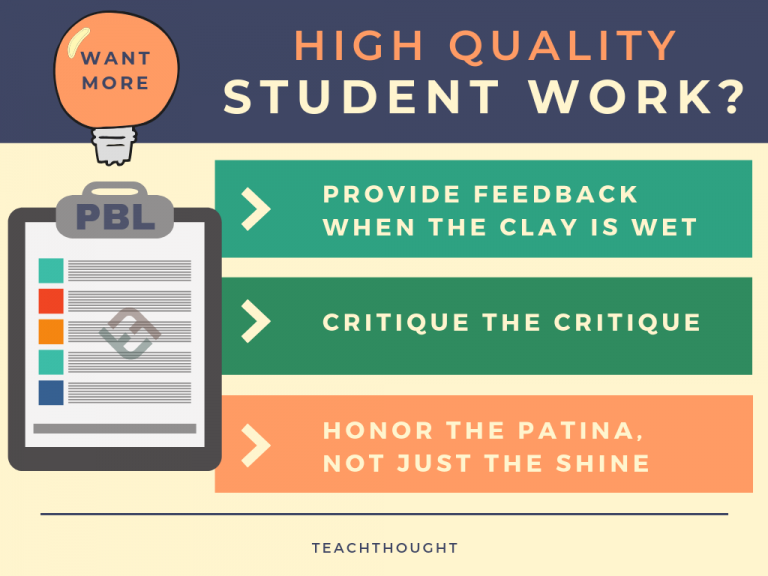
How can we make high-quality student work a feasible reality in our classrooms? Here are lessons learned that have helped me on my journey.
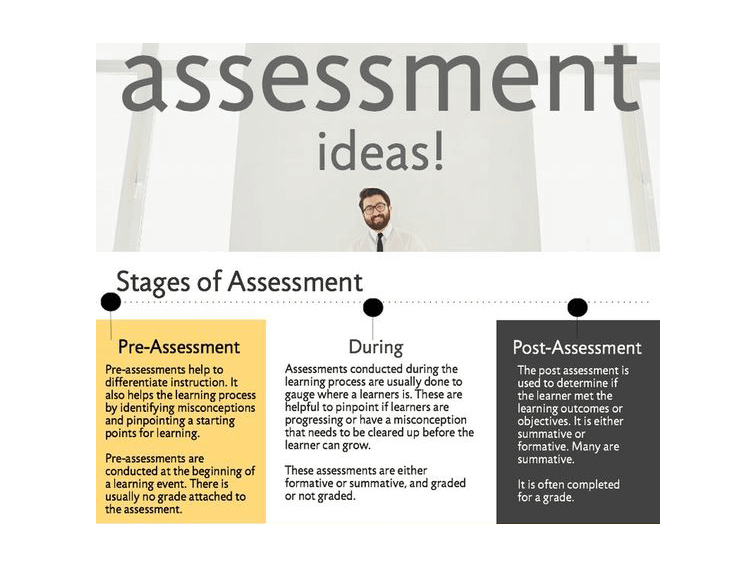
Mia MacMeekin’s graphic offers 34 strategies for all of the stages of assessment –before, during, and after.
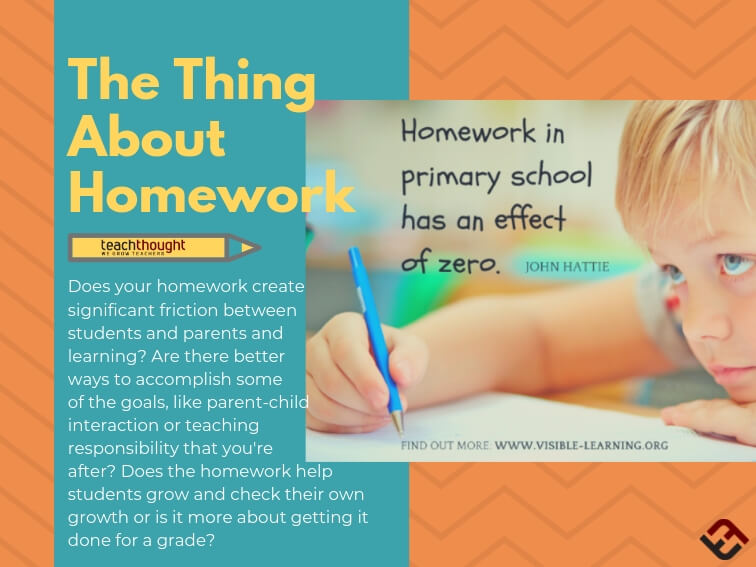
Ideally, assigned homework should be less frequent and hopefully more personalized to the needs of the student and their ongoing work and growth.
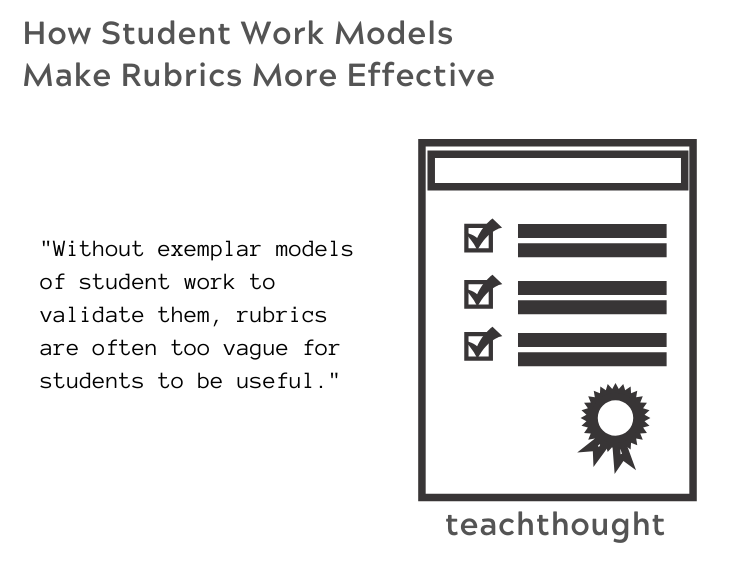
Without models of student work to validate and ground them, rubrics are often too vague for students to be useful.
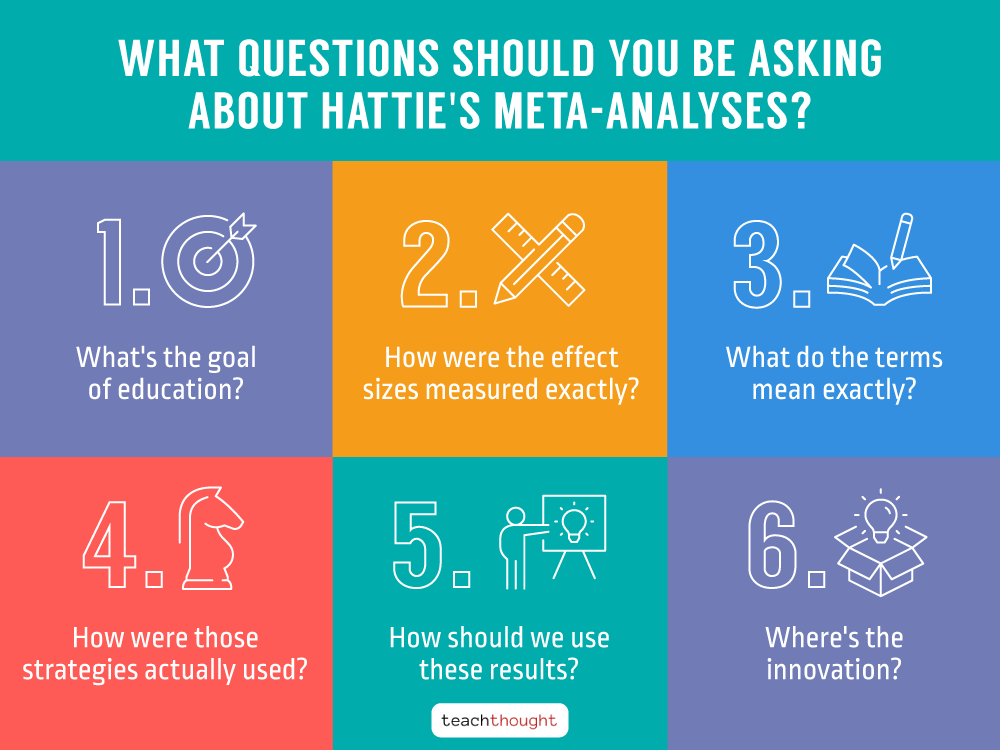
What if a teaching strategy improves test scores but stifles creativity and ambition? Is that still a ‘win’?
As a digital shift continues, it’s easy to assume that computer-based tests are the future; however, paper tests shouldn’t be forgotten yet.

Here are a few tips to prepare your students to become successful when they have to endure a standardized test.
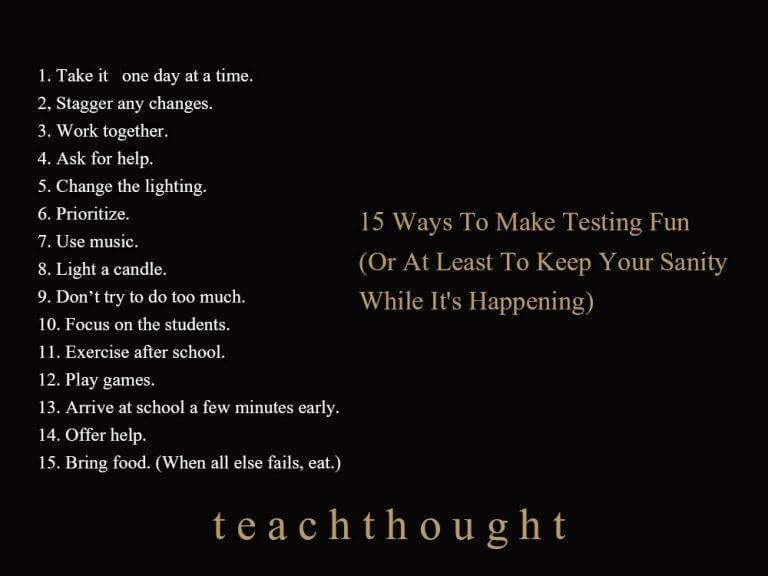
15 Ways To Make Testing Fun–Or At Least To Keep Your Sanity While It’s Happening Let’s get through this together. In most public, private, elementary school, middle school, high school, or higher education institutions, there is some form of formal assessment–a testing window that changes the climate of the school and the tone of your day from…
Maybe Testing Isn’t The Problem After All by Jessica Moore, 5th Grade Teacher After four years and hundreds of millions of federal Race to the Top dollars spent creating the Partnership for Assessment of Readiness for College and Careers (PARCC) test—an assessment of the extent to which students are mastering the knowledge and skills necessary…
Providing timely, relevant feedback is essential to growth & reflection. How can we make assessments more effective, informative & engaging?
As adults, we often take for granted our wide range of vocabulary and the comprehension that comes with applying knowledge while writing.
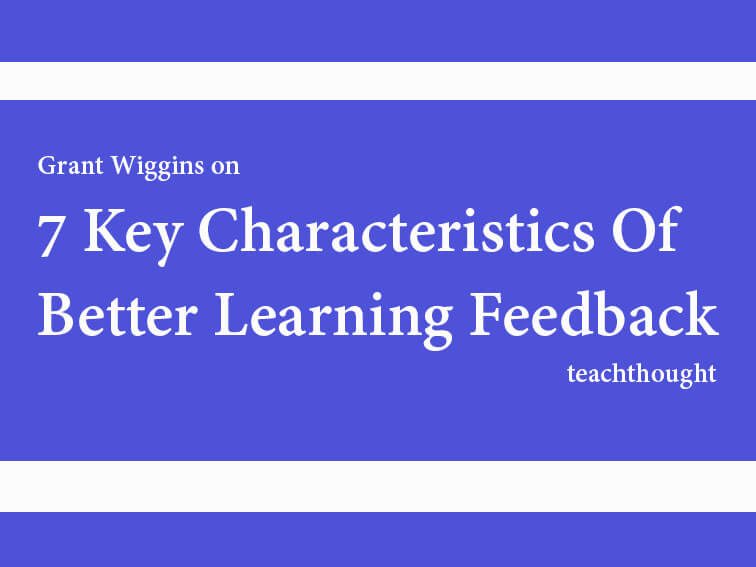
Characteristics of quality learning feedback: being goal-referenced, transparent, actionable, user-friendly, timely, ongoing, and consistent.
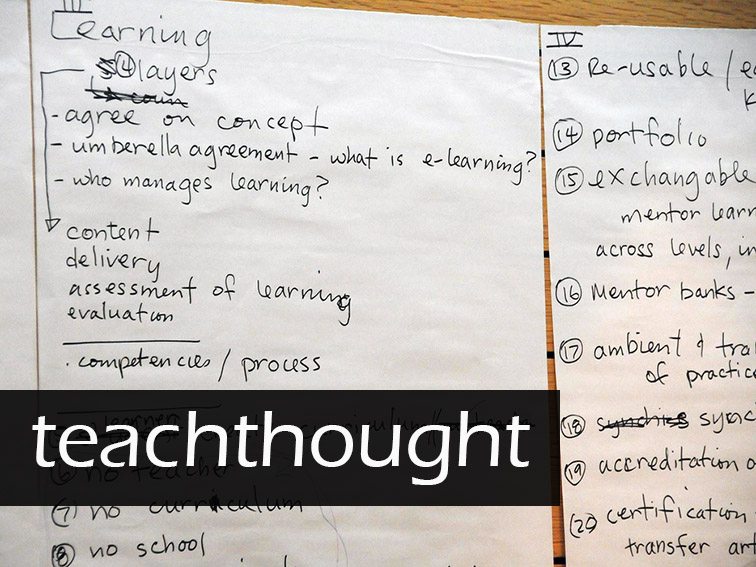
Quantified Learners: Moving Beyond Assessment contributed by Andrew Smith Lewis New applications and technologies are now embedded into practically every aspect of the learning experience. Schools are organizing databases around students that look at multiple performance indicators, and now, more than ever, learning is informed and registered through collections of data points and not just…
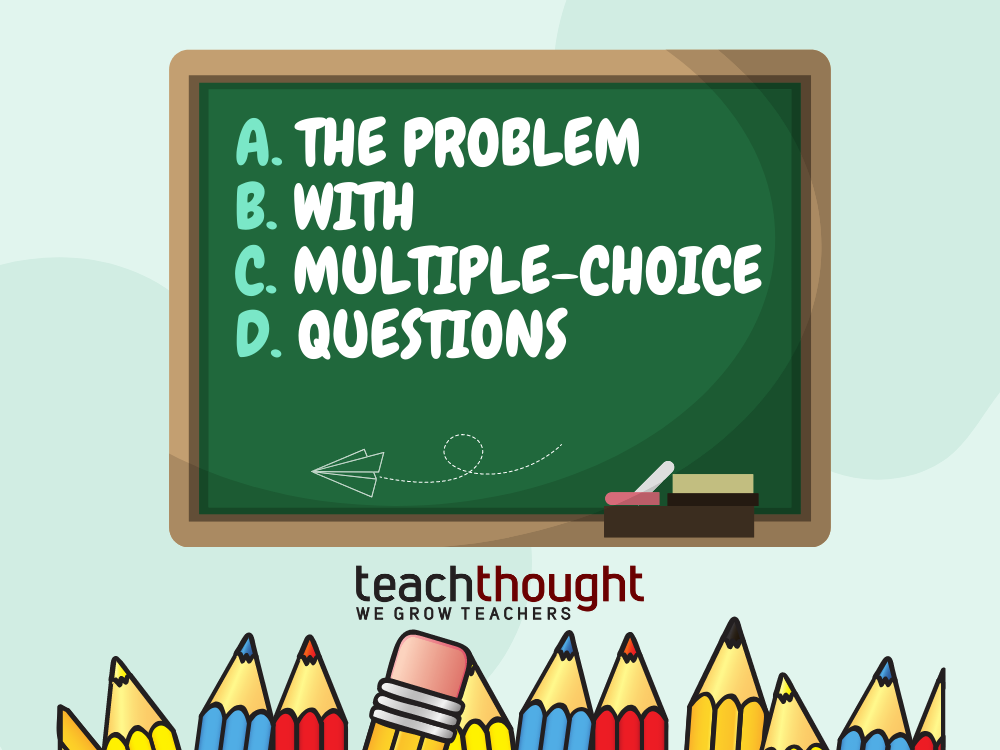
The real problem with multiple-choice questions isn’t assessment design as much as it is function and tone–and these things matter.